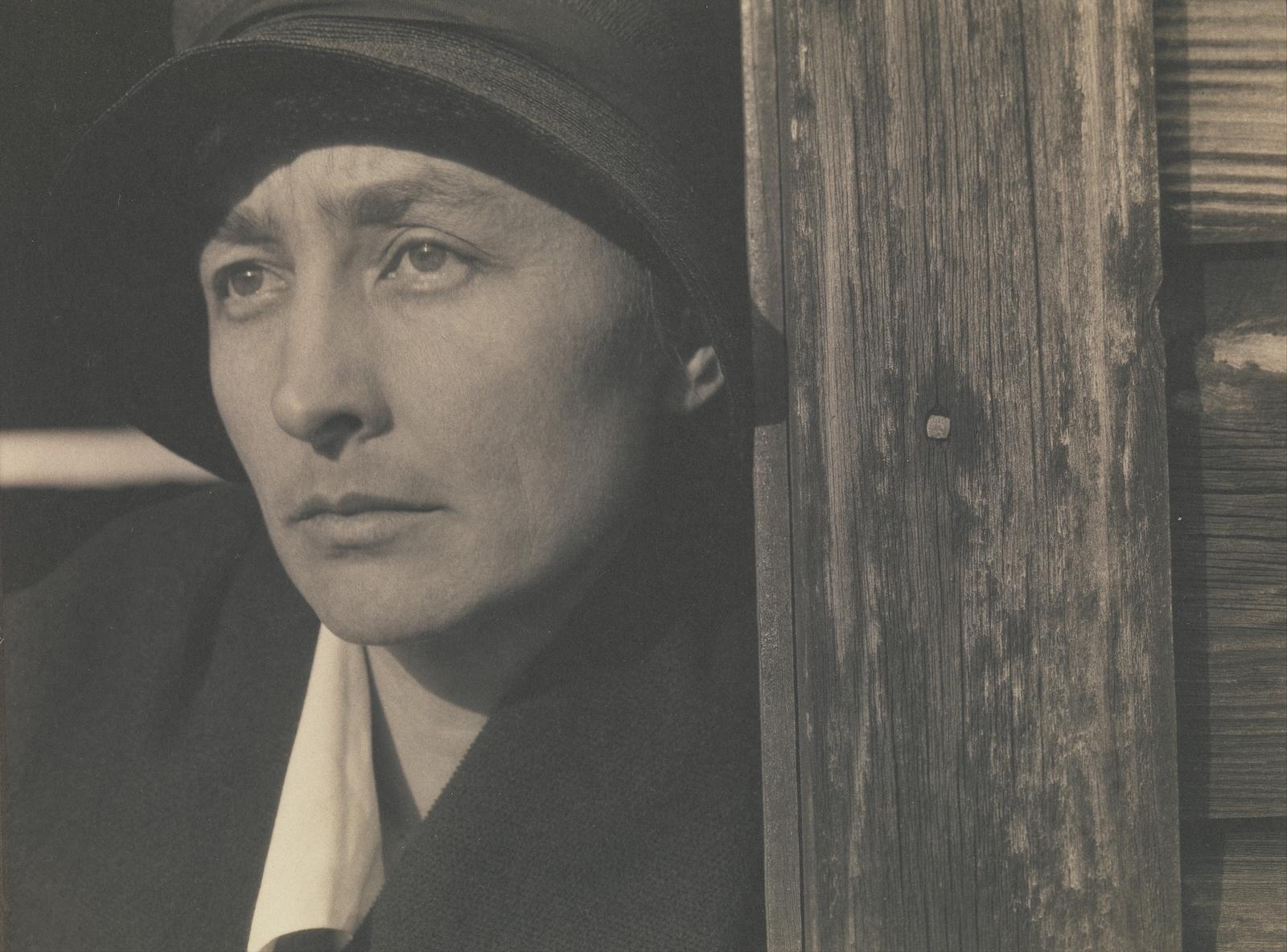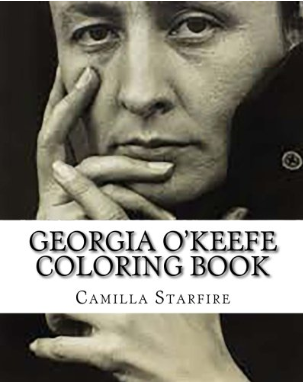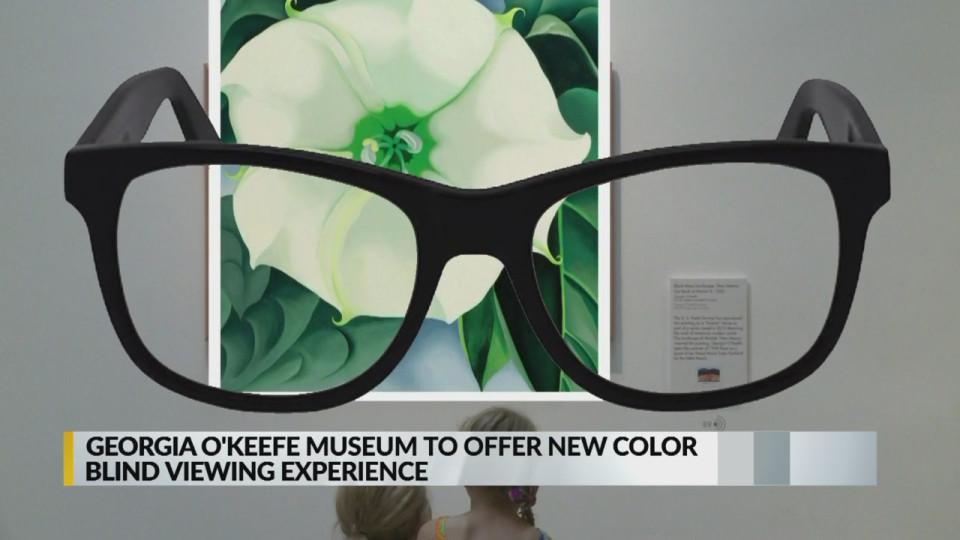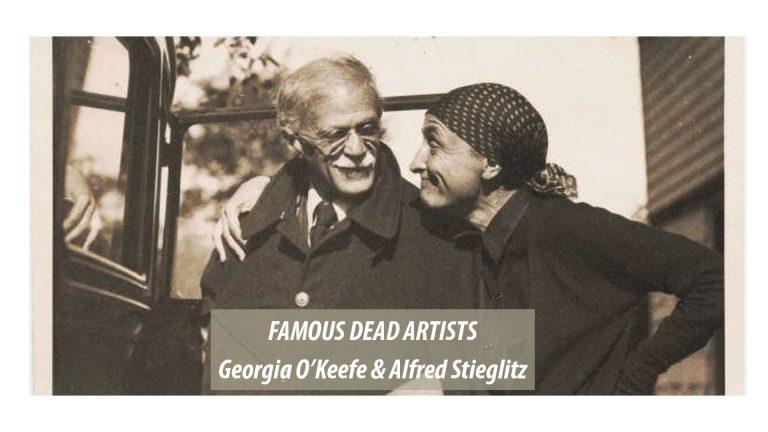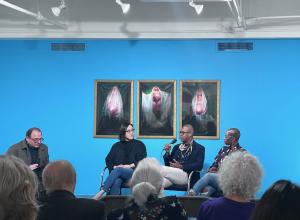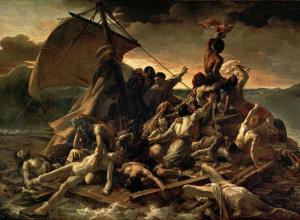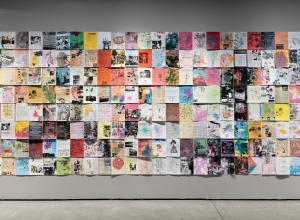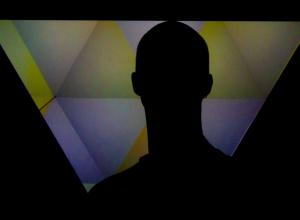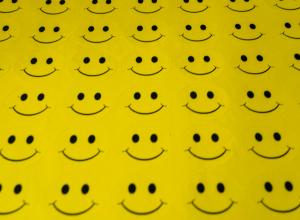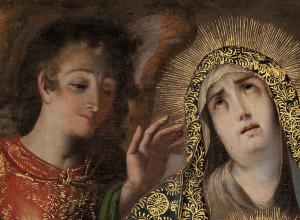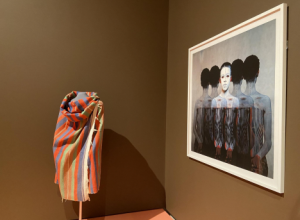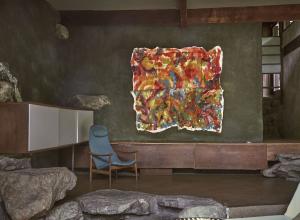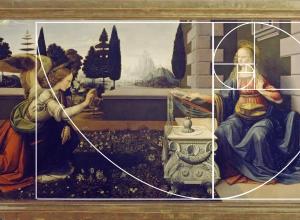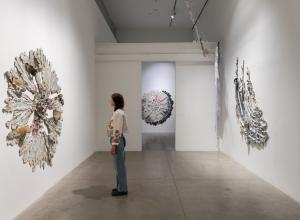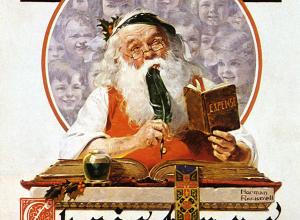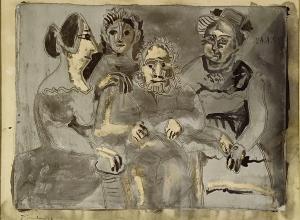If that wasn’t enough, now O’Keeffe is garnering attention for another reason. Conspiracy theorists are citing her as an example of the so-called Mandela Effect.
Proponents of the Mandela Effect (including blogger Fiona Broome, who coined the term) believe that collective false memories are evidence of the existence of an alternate reality. The original example of this is the fact that a large number of people remember Nelson Mandela having died in prison in the 1980s. In fact, Nelson Mandela died a free man in 2013.
Many examples of the Mandela Effect involve pop culture and mass media. There are several examples relating to the Star Wars franchise, including the fact that Darth Vader never utters “Luke, I am your father.” In reality, he says, “No, I am your father” instead.




